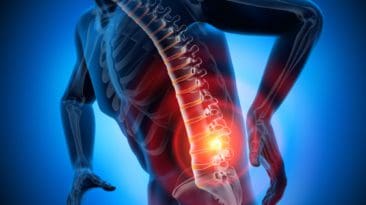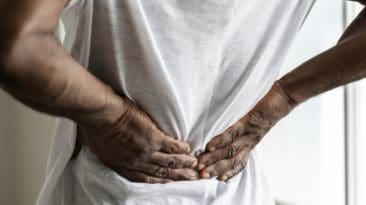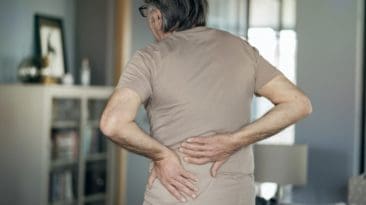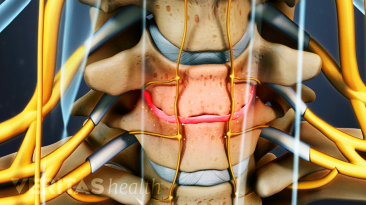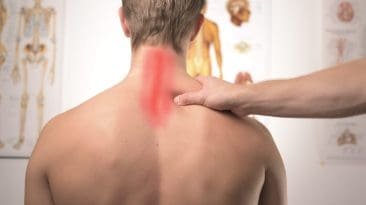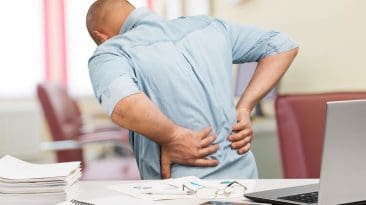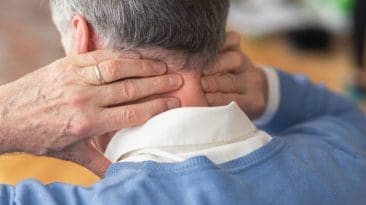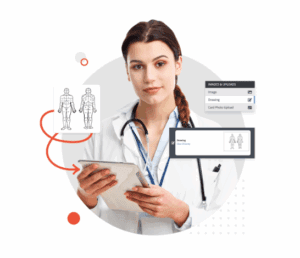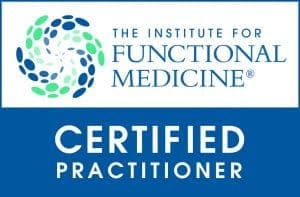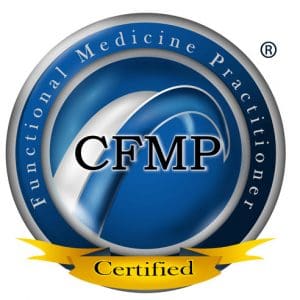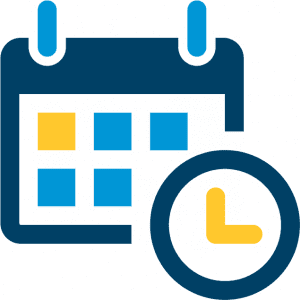Can decompression relieve intervertebral disc stress from individuals dealing with lumbar issues, restoring spinal mobility? Introduction The...
Category - Herniated Disc
Herniated Disc: A herniated disc is referred to as a problem with one of the rubbery cushions (discs) between the individual bones (vertebrae) that stack up to make the spine.
A spinal disc has a soft center encased within a tougher exterior. Sometimes called a slipped disc or a ruptured disc, a herniated disc occurs when some of the soft centers push out through a tear in the tougher exterior causing pain.
A herniated disc can also irritate the surrounding nerves which can cause pain, numbness or weakness in an arm or leg. On the other hand, many people have experienced no symptoms from a herniated disk. Most people who have a herniated disc will not need surgery to correct the problem.
Symptoms
Most herniated disks occur in the lower back or the lumbar spine, although they can also occur in the neck or the cervical spine. Most common symptoms of a herniated disk:
Arm or leg pain: A herniated disk in the lower back is typically where an individual will feel the most intense pain. It can be felt in the buttocks, thigh, and calf and may also involve parts of the foot. If the herniated disc is in the neck however, the pain will typically be most intense in the shoulder and arm. This pain may shoot into the arm or leg when coughing, sneezing or moving spine into certain positions.
Numbness or tingling: A herniated disk can feel like numbness or tingling in the body part that is served by the affected nerves. This is referred to the pins and needles effect.
Weakness: The muscles served by the affected nerves tend to weaken. This may cause a person to stumble or impair their ability to lift or hold items.
Someone can have a herniated disc without knowing and sometimes a herniated discs will show up on spinal images of people who have no symptoms of a disc problem.
How does non-surgical spinal decompression compare with traditional surgery to improve sensory abnornalities for individuals with herniated discs...
Introduction The spine consists of soft tissues, ligaments, the spinal cord, nerve roots, and cartilage, forming an S-shaped curve with three...
Spinal disease, disk degeneration, and herniated disk are leading causes of pain radiation affecting movement and decreasing the patient’s...
Introduction The body is a well-tuned machine that is on the move constantly. The different systems like the musculoskeletal system, the immune...
Introduction The spine provides many functions that the body requires when it is on the move. Without it, the body will not be able to stay upright...
Introduction The spine is an S-shaped curve that runs down the back from the skull down to the pelvic bone. The vertebrae that make up the spine...
Introduction As part of the upper body, the neck’s job is to keep the head upright while providing motor functions to turn up, down, left, and...







